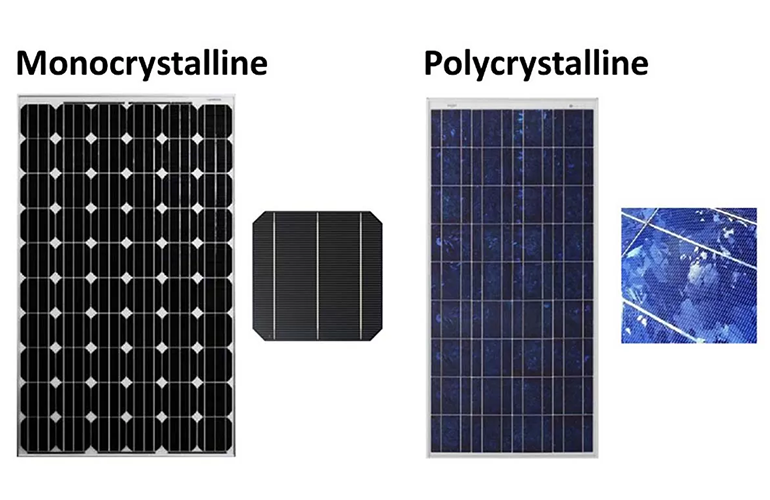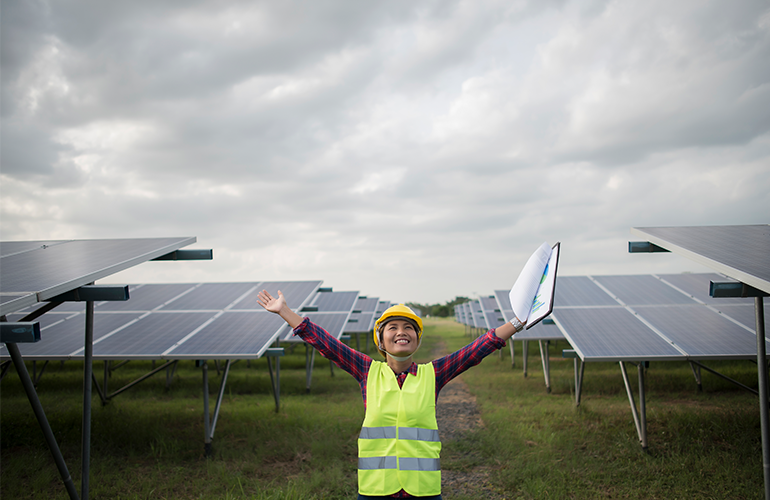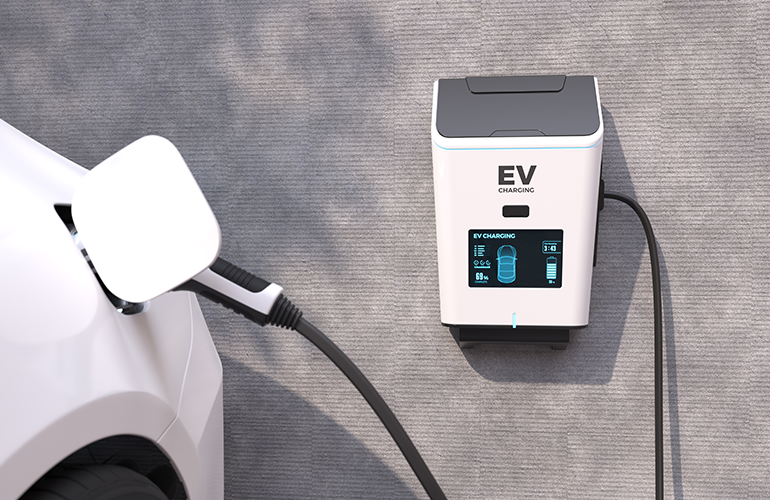In the world of solar energy, choosing the right type of solar panel is a critical decision that can impact the performance, efficiency, and cost-effectiveness of your solar power system. Two common types of solar panels available on the market are monocrystalline and polycrystalline. Each has its own set of characteristics and advantages, making the choice between them an important consideration for homeowners and businesses looking to harness the power of the sun. In this blog post, we’ll explore the differences between monocrystalline and polycrystalline solar panels to help you make an informed decision for your solar energy needs.
Monocrystalline Solar Panels
Monocrystalline solar panels are made from single-crystal silicon, giving them a uniform and sleek appearance. Here are some key features and benefits of monocrystalline solar panels:
Efficiency: Monocrystalline solar panels are known for their high efficiency, meaning they can convert a greater percentage of sunlight into electricity compared to other types of solar panels. This makes them ideal for situations where space is limited or where maximum energy production is desired.
Space Efficiency: Due to their high efficiency, monocrystalline solar panels require less space to generate the same amount of electricity as polycrystalline panels. This makes them suitable for rooftop installations or areas with limited space.
Durability: Monocrystalline solar panels tend to have a longer lifespan and greater durability compared to polycrystalline panels. The single-crystal structure makes them less susceptible to degradation over time, resulting in better performance and reliability.
Polycrystalline Solar Panels
Polycrystalline solar panels are made from multiple silicon crystals, giving them a characteristic blue speckled appearance. Here are some key features and benefits of polycrystalline solar panels:
Cost-Effectiveness: Polycrystalline solar panels are typically more cost-effective to manufacture compared to monocrystalline panels. This makes them a popular choice for budget-conscious consumers or large-scale solar projects where cost is a primary consideration.
Lower Efficiency: While polycrystalline solar panels are less efficient than monocrystalline panels, they still offer respectable levels of efficiency and can provide ample energy production in areas with ample sunlight.
Wider Temperature Tolerance: Polycrystalline solar panels tend to have a wider temperature tolerance compared to monocrystalline panels, meaning they can perform better in hot and humid climates where temperatures fluctuate significantly.
Choosing the Right Option
When deciding between monocrystalline and polycrystalline solar panels, consider the following factors:
Space Availability: If you have limited space for solar panel installation, monocrystalline panels may be the better choice due to their higher efficiency and space efficiency.
Budget: If you’re working within a tight budget or looking for a cost-effective solution for your solar energy needs, polycrystalline panels may offer better value for money.
Performance Requirements: If you require maximum energy production and are willing to invest in higher efficiency panels, monocrystalline panels may be the best option to meet your performance requirements.
Conclusion
In conclusion, both monocrystalline and polycrystalline solar panels offer viable options for harnessing solar energy and reducing reliance on fossil fuels. The choice between them depends on factors such as space availability, budget, and performance requirements. By understanding the differences between monocrystalline and polycrystalline panels and evaluating your specific needs, you can make an informed decision that aligns with your sustainability goals and energy objectives. Whether you choose monocrystalline or polycrystalline panels, embracing solar energy is a positive step towards a cleaner, greener future for generations to come.







